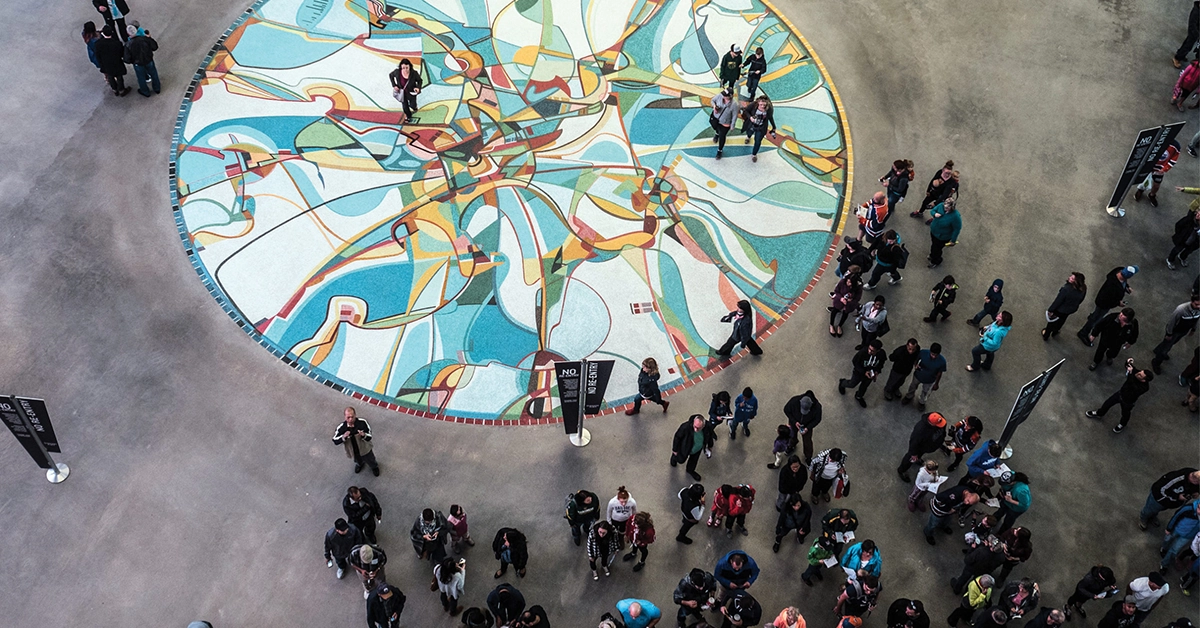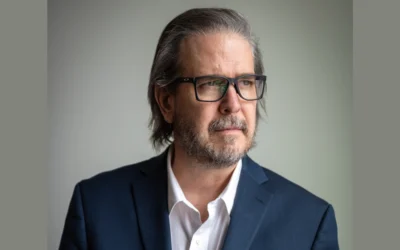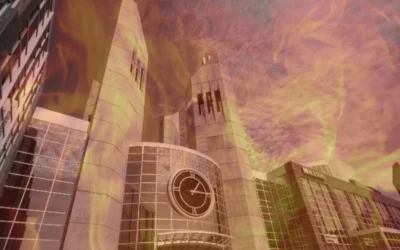A giant pair of brick- and glass-striped stockings and shoes. A pile of shiny balls. A 14.9-metre-tall aluminum baseball bat. A sculpture of twisted bronze abstractly resembling a flock of geese. A series of colourful fruit sculptures.
These are all pieces in the City of Edmonton’s public art collection whose existence have been highly questioned. But before judging the current status of public art, or the pieces that are yet to be unveiled, it is important to ask: What is the purpose of public art?
According to the City of Edmonton, it is to demonstrate the character of our communities and strengthen the local economy and culture by investing in the arts.
Or, perhaps it is to create a platform for collaboration of artists both local and global, or to engage social interaction and spark conversation.
Some people easily dismiss public art as a waste of taxpayer dollars. They think the money should be invested in municipal projects that solve “real” issues, like fixing potholes or creating new public parks.
Because Edmonton is a relatively young city, it lacks historical character. The economic boom in the ‘70s led to the destruction of unique older buildings and the construction of modern cookie-cutter towers.
Like many of the buildings, the current state of the City of Edmonton’s public art collection is uninspired, undeveloped, and in some cases, it is in disrepair.
As Edmonton moves into a period of transition from a largely resource-based city to a cultural hub, carefully considered public art installations could help to create meaning within our community.
Public art provides free and accessible art to all, creates a dynamic urban landscape, and creates icons in the city. Public art is also malleable and can be created to reflect the specific needs of different communities.
The City’s public art collection, which belongs to the citizens of Edmonton, contains more than 200 unique art works. In 1991, the City of Edmonton adopted the Percent for Art Program which stipulates that one per cent of funds for publicly accessed municipal projects must be allocated to the acquisition of art.
The Edmonton Arts Council has since taken over responsibility for the Percent for Art Program and has created a more inclusive approach to the selection process.
Public art should represent the city it is placed in. It should play off of natural and built cues that exist in the surrounding environment.
The commission and creation of public art is an interactive process that encourages interdisciplinary collaboration. A collaborative approach supports a sense of shared ownership.
Public art installations help municipalities to progress economically, as cities with dynamic cultural scenes are more attractive to prospective residents and businesses.
Public art does something that neither a public space nor an art gallery filled with art can do. It catches our eye and urges us to pay attention to our surrounding environment.
Recently, the City of Edmonton unveiled 14 public art projects that will accompany the new Valley Line LRT stations. The projects were designed by four Edmonton artists, three Albertan artists, two indigenous artist teams, and one international artist.
In the end, art is subjective; it is supposed to create public discussion, engagement, and reflection. We should embrace controversy, focusing less on individual pieces and more on the benefits that they collectively bring to our everyday lives.
Edmonton is monotonous for six months of the year. Public art can add some much-needed vibrancy to our lives.
With that in mind, the next time a pile of silver balls is unveiled, make sure to remember what public art means to our community.





0 Comments